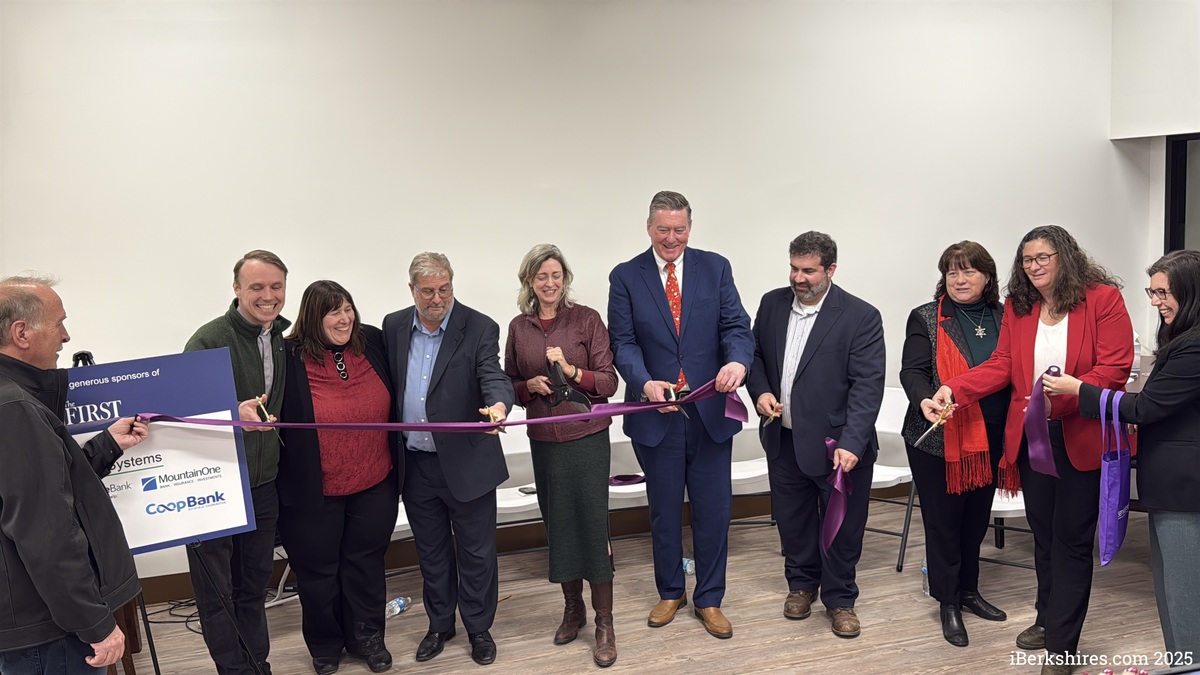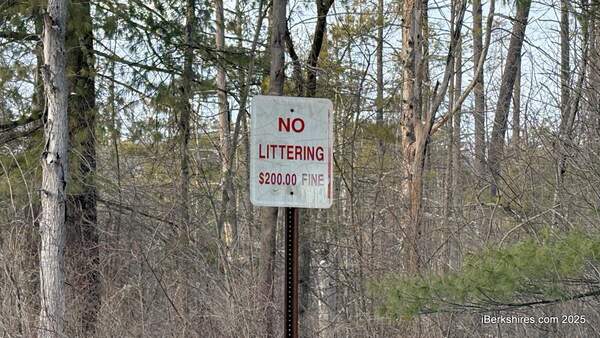Lanesborough Economic Development Committee Justifies Existence
LANESBOROUGH, Mass. — The Economic Development Committee is trying to justify its existence to the Select Board.
A discussion came up during Thursday's meeting after comments were made questioning the committee's function by Select Board member Michael Murphy at the Aug. 8 meeting.
"The only committee I'm a little reluctant to just blanket appoint is the Economic Development Committee. I'm talking about them as a whole. I'm happy to meet with them as a whole, to discuss some of my concerns about how the committee operates," he said.
"And I mean, no disrespect to any of the efforts they put in, but I don't think they're a true Economic Development Committee."
The Select Board decided to postpone approving the committee's appointments until a decision can be made regarding whether to dissolve or revisit it following a discussion between the groups.
A bylaw was established in 2016 to classify the committee's role in the community. Committee members were surprised by Murphy's comments because no formal complaint had been made explaining how they have not been following the bylaw.
The accuracy of the bylaw was called into question with the argument that it is too broad. A possible resolution would be to revise the guidelines so that it focuses on the work members are doing in collaboration with Berkshire Regional Planning Commission.
The town pays for BRPC's services to find governmental grants and the committee works with it to personalize services to fit the needs of the town, said Chair Barbara Davis Hassan.
Town Administrator Josh Lang said, when it comes to grants, the committee seeks out the advice of a lawyer anyways so there isn't a reason to duplicate these efforts.
The committee said because of these efforts, it is unsure what additional grants to apply for.
Members were cautioned not to remove grants from their guidelines entirely because of the opportunity to get them from private foundations.
Rather, when creating these guidelines, they should specify the types of grants the committee is responsible for, said Laura Brennan, economic development program manager at BRPC.
The committee does not have any control over the type of economic development the current bylaw outlines because of the absence of abandoned factories or space that's available, Davis Hassan said.
She said the type of economic development the committee does reflects Lanesborough's reality.
"There are small groups of people networking and helping businesses create more business. I enjoyed that part of the job more than anything else in the whole six years I've been on it," she said
"Watching businesses grow and getting to know each other to me, if that's not economic development, I don't know what it is."
In a followup interview, Murphy said, in his opinion, the committee was not meant to last forever and that it served its purpose.
"I think it had a life and I think it's run its course. And if they want to continue doing the work they're doing, they could do it under a different umbrella," he said
"They're not doing economic development, in my opinion, they're doing business activities that bring some people in, may generate some money for some local businesses, but not for the town itself."
Murphy said the way the committee is currently functioning already classifies it as a different type of committee and he would like to see the title represent the work that it is actually doing.
"That's a fair statement," said Select Board Chair John W. Goerlach.
A discussion between the Select Board and Economic Development Committee is being considered so members of both boards can establish accurate guidelines that best reflect the town's vision.
In other news:
The Economic Development Committee voted to postpone the
Tour De Greylock Bike Ride for 2022 due to tenuous logistical, communication and cost difficulties.
Tags: economic development,
















